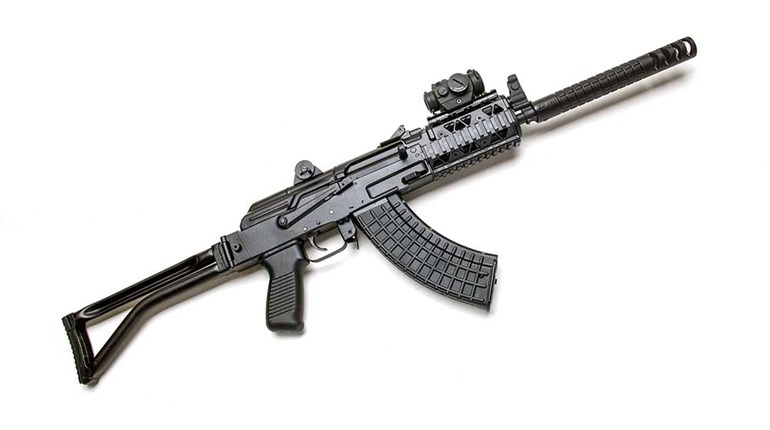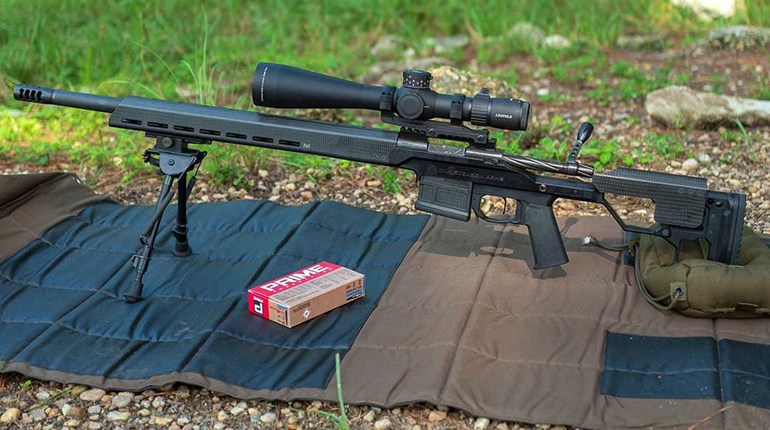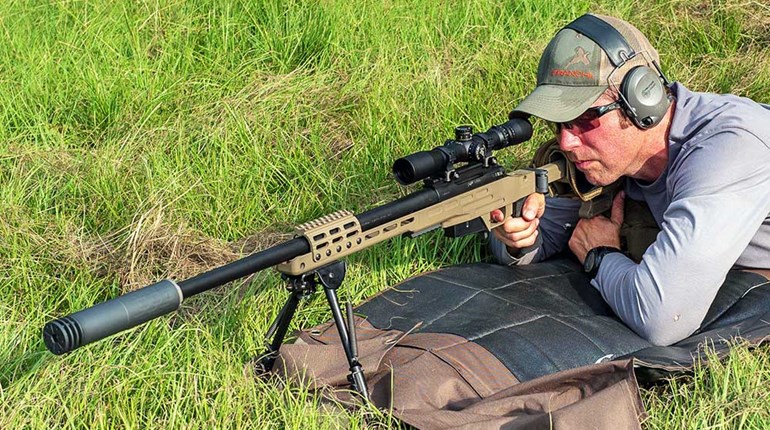
The Problem
On a recent range trip, I experienced numerous failures-to-fire with a rifle that I was about to take hunting.
The Background
I was a few weeks away from heading to western Wyoming for a high-country mule deer hunt that I’d been planning for 3 years. This hunt involved lots of hiking at altitudes of 8,000 to 10,000 feet (I live at sea level) so took the lightest big game rifle I own. My Remington 700 Titanium in .270 Winchester is bedded into a McMillan EDGE graphite stock and weighs just over 5 pounds naked. To save additional weight, I had the factory bolt shroud and triggerguard replaced with aluminum ones from PT&G and even traded the firing pin assembly for an “ultralight” model. The rifle carries like a feather and is unreasonably accurate, even with factory ammo. It’s become one of my “go to” hunting rifles.
The week before I was to leave, while practicing for my hunt with some handloads, I experienced light primer strikes that failed to ignite the cartridge approximately 50 percent of the time. I’d been using only factory ammo previously, and never had a problem.
The Culprits
Obviously, the non-factory firing pin assembly was suspect—anytime that you mess with a rifle’s fundamental design, you can run into problems. My handloads were also on the list of variables since the rifle functioned just fine with factory ammo. It’s possible that the primers weren’t seated deep enough in the tight primer pockets of the virgin brass, or that I overzealously bumped the case’s shoulder to accommodate the rifle’s tight chamber. My working theory was that it was a combination of all of the above: Limited firing pin protrusion/inertia combined with handloads which were a bit too “sloppy” in the chamber, “stacking tolerances” if you will.
The Diagnosis
Gunsmiths are many things, but fast isn’t usually one of them—I needed someone that I could count on to fix the problem fast. Karl Feldkamp at Kampfeld Customs had Cerakoated and bedded the rifle for me, so I called him for help. Karl had me mail him the bolt and he determined that there were two problems working against me: the firing pin protrusion was .009” under ideal specs and the firing pin spring was undersize. The combination of those two issues and the hastily assembled practice loads were enough to interrupt the rifle’s function.
The Result
Karl turned the project around in record time and the rifle went on the hunt (as always, with a backup rifle in the case).
The Lesson
Don’t wait until the last minute to test your equipment and, when in doubt, leave your rifle alone! Customization is great, but only if done correctly. Like race cars, custom guns can get finicky which is something that you want to find out long before you take the rifle afield.




































